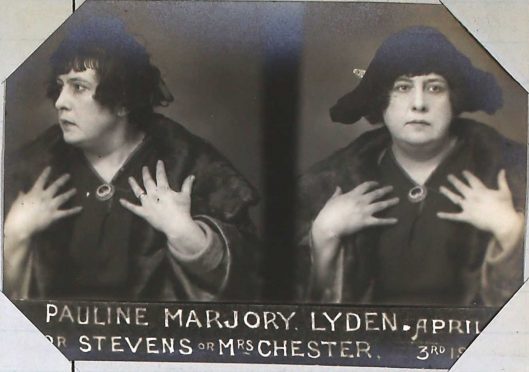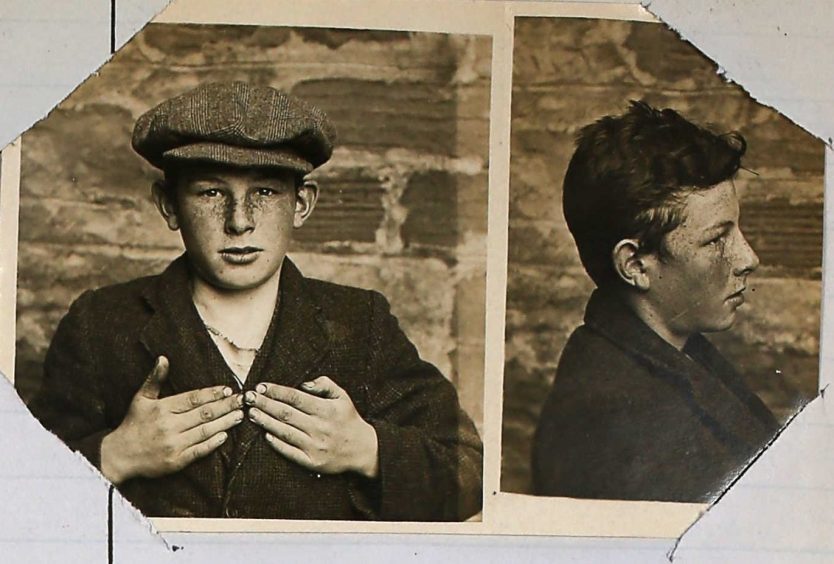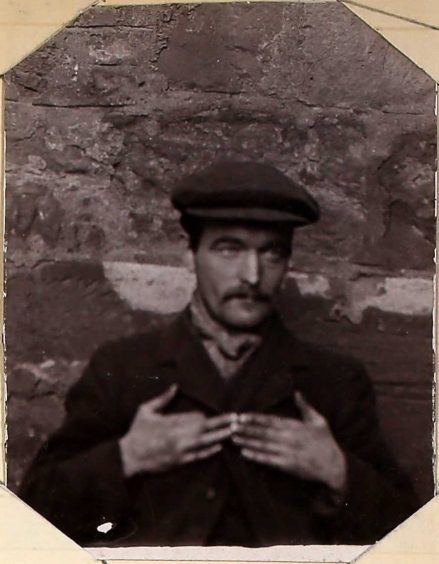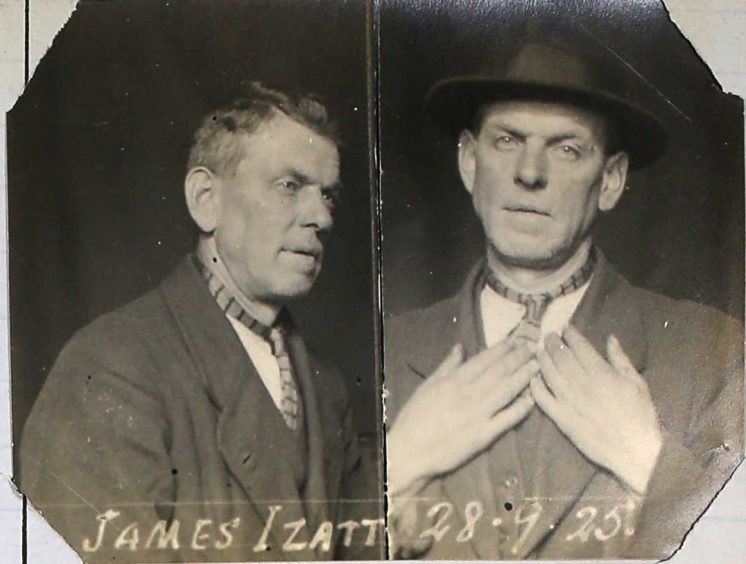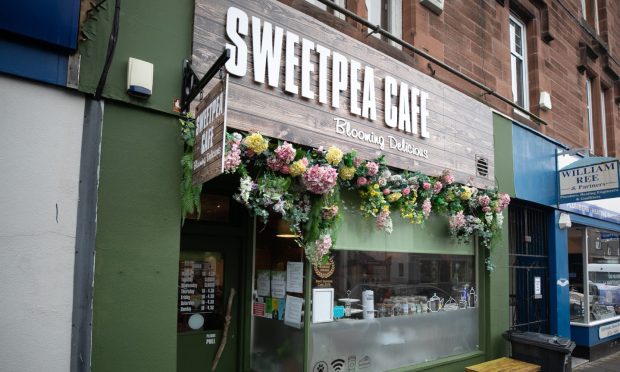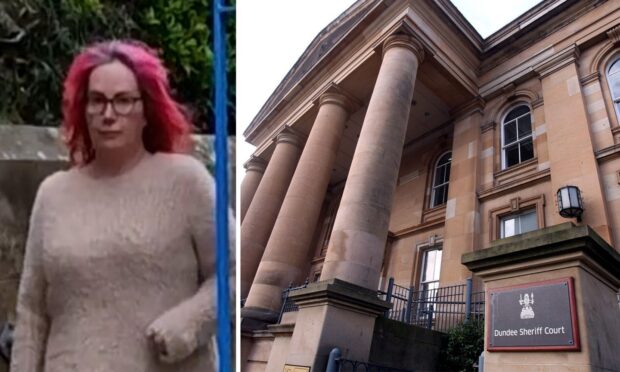A music hall artist and a 14-year-old labourer are among the Fife criminals exposed in newly published records dating back to 1910.
The online family history service Ancestry has added Fife’s Criminal Registers dating from 1910 to 1931 to its archives.
It is the first time the files, held by the ON at Fife Archives, have been added to an online database.
One of the more unlikely convicts was Pauline Marjory Lyden, also known as Madam Roselle, who was arrested in Dunfermline in April 1924 and charged with conspiracy.
The music hall artist’s conviction made the Sunday Post headlines, exposing her tricks for conning money and other goods from unsuspecting targets.
One of the youngest lawbreakers in the collection is William Rennie, who went by the alias William Robertson.
The 14-year-old labourer was convicted of two counts of theft and given two years of probation and a strict reprimand. Such measures were intended to turn child crooks away from lives of crime, but the records show they were not always effective.
The oldest criminal in the collection is James McIntosh, aged 69, whose record spans 43 years and includes close to 20 counts of theft.
Meanwhile David Westwood, despite spending several years at Rossie Reformatory for Boys in Montrose, managed to notch up 14 charges of theft by the age of 19.
Andrew Dowsey, Fife Cultural Trust’s archives team leader, said: “This is another great resource for Fifers to learn more about the region’s rich history and some of the characters from its past.
“We’re delighted to extend this service to Ancestry.com.
“Those local to the area can use the ancestry institution site for free in the public access PCs located in any ONFife library.”
The records are searchable by name, birthplace, conviction date, discharge date and sentence.
Verdicts ranged from reprimands for the youngest thieves through to imprisonment for days, months and even years in the harsh conditions of early 20th century prisons.
Entries of interest include:
Matthew Marshall Martin
A professional lithographic craftsman by trade, Matthew was arrested on November 5, 1912 ,aged 40, charged with forgery and lettering. While not detailed in his criminal record, will forgeries and promissory notes for money were two of the most common forms of counterfeiting and perpetrators were subject to serious punishment. Apprehended in Edinburgh, Matthew was sentenced to six years’ imprisonment.
Henry Burns
Henry first came to the attention of police in 1905, when he was caught stealing potatoes in Cupar. The 26-year-old labourer’s physical description is one of the most detailed in the records as he had amassed a sizeable collection of tattoos including one dedicated to his mother, a shamrock, a butterfly, a star, a heart pierced by an arrow and a tattoo in honour of King Edward. With his hands pressed against his chest in his mugshot, you can spot Henry’s missing right index finger, a common punishment for stealing throughout the centuries.
John Gilmour (alias John White)
John’s criminal record sheds light on his penchant for the finer things in life, with convictions for stealing scones, cigars and wafers. On January 2, 1904, the labourer and pedlar was arrested for stealing chocolate and given the option of paying a fine or prison time. Interestingly, John’s record also reveals that police took his fingerprints in 1913, to be sent to Scotland Yard.
James Izatt
Using multiple aliases, including Simpson, Wilson and Driver, James was arrested in Buckhaven on January 31, 1905, for assaulting his wife. Two years later, in 1907, he was arrested again for wife desertion and sentenced to 30 days in prison. The records suggest the James left his first wife and settled in Ayr with another woman illegally, as he was arrested in 1912 for bigamy.
A total of 900 records and more than 1,000 historic images of criminals convicted in Fife have been published by Ancestry.
Ancestry spokesman Russell James said: “From baby-faced thieves to seasoned criminals, the Fife criminal registers are a stark reminder of the members of society trying to live beyond the laws of the land, their crimes captured in time just like their black and white mugshots.
“Whether you’re looking to find more information about a crime in your family history or curious to learn more about law and order in the 20th century, these records help add colour to all aspects of daily life in Scotland.”
